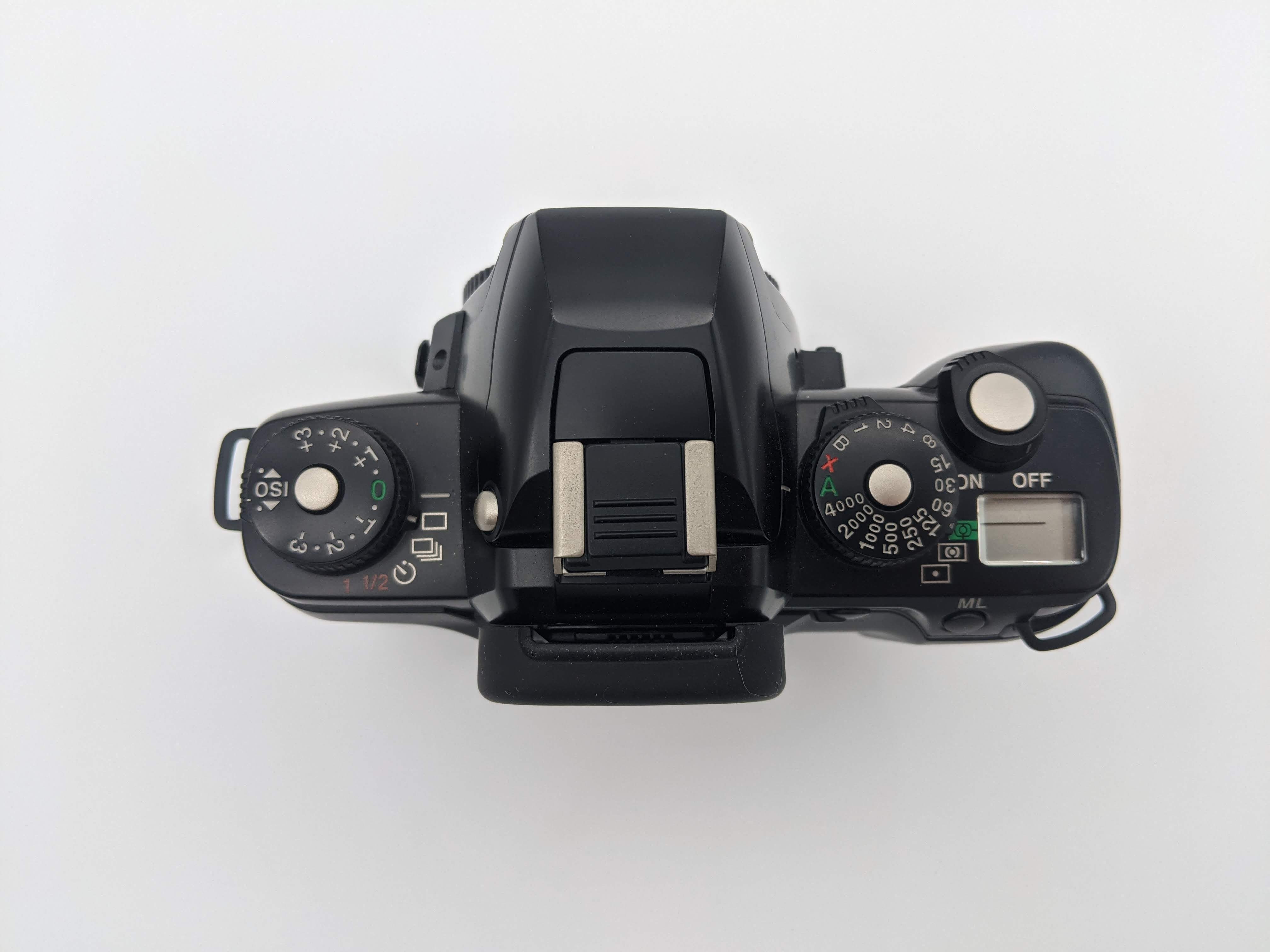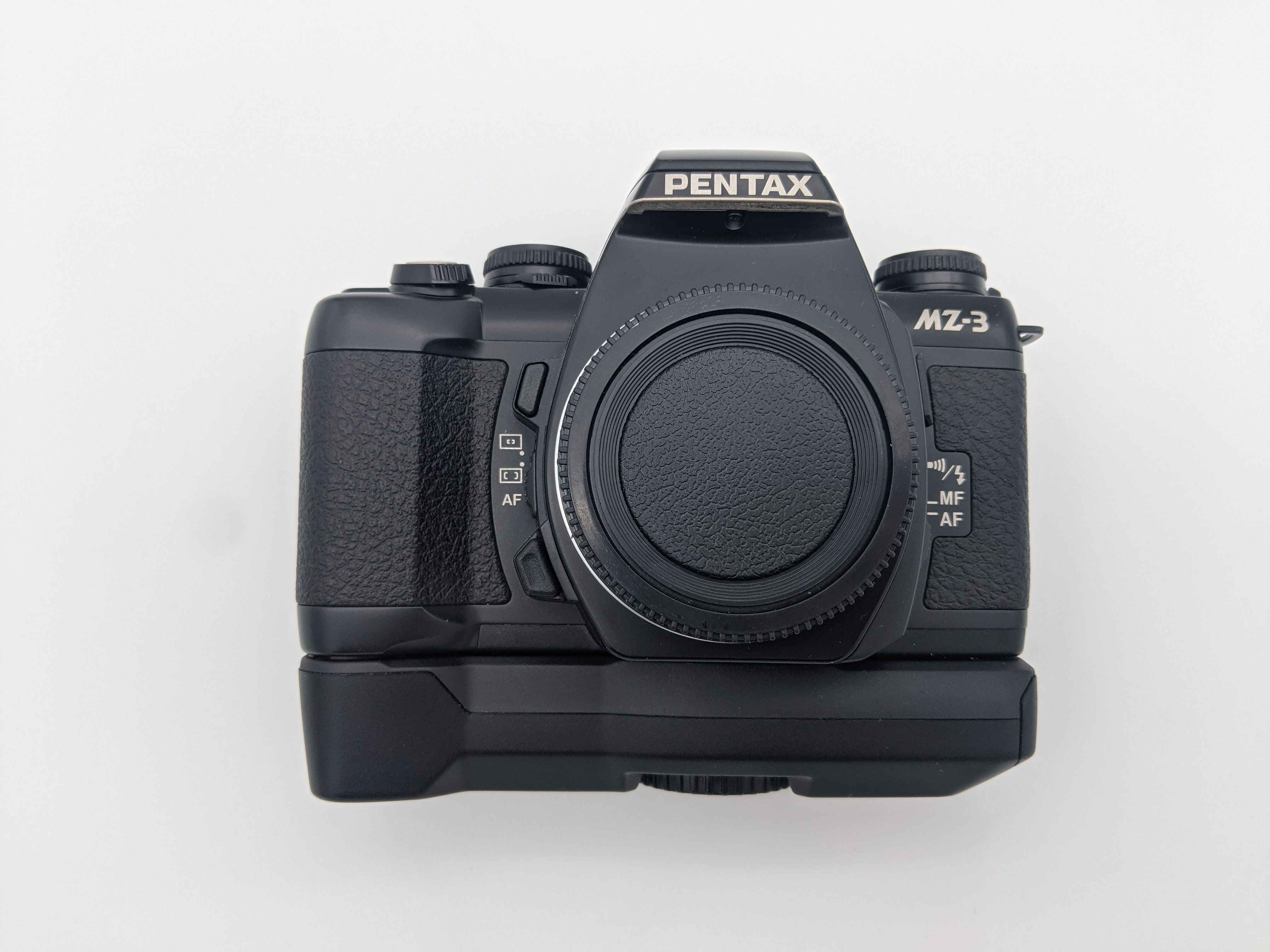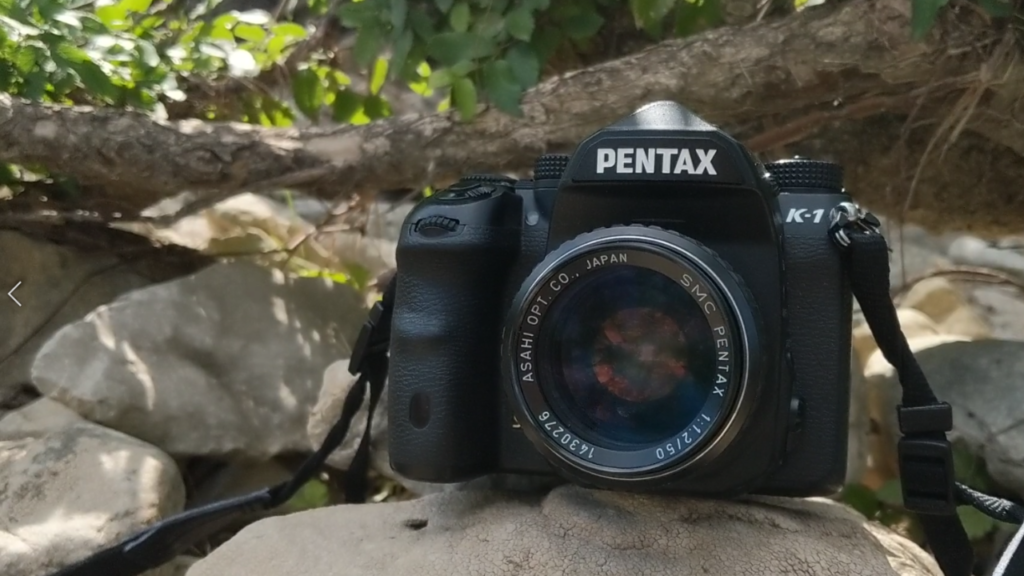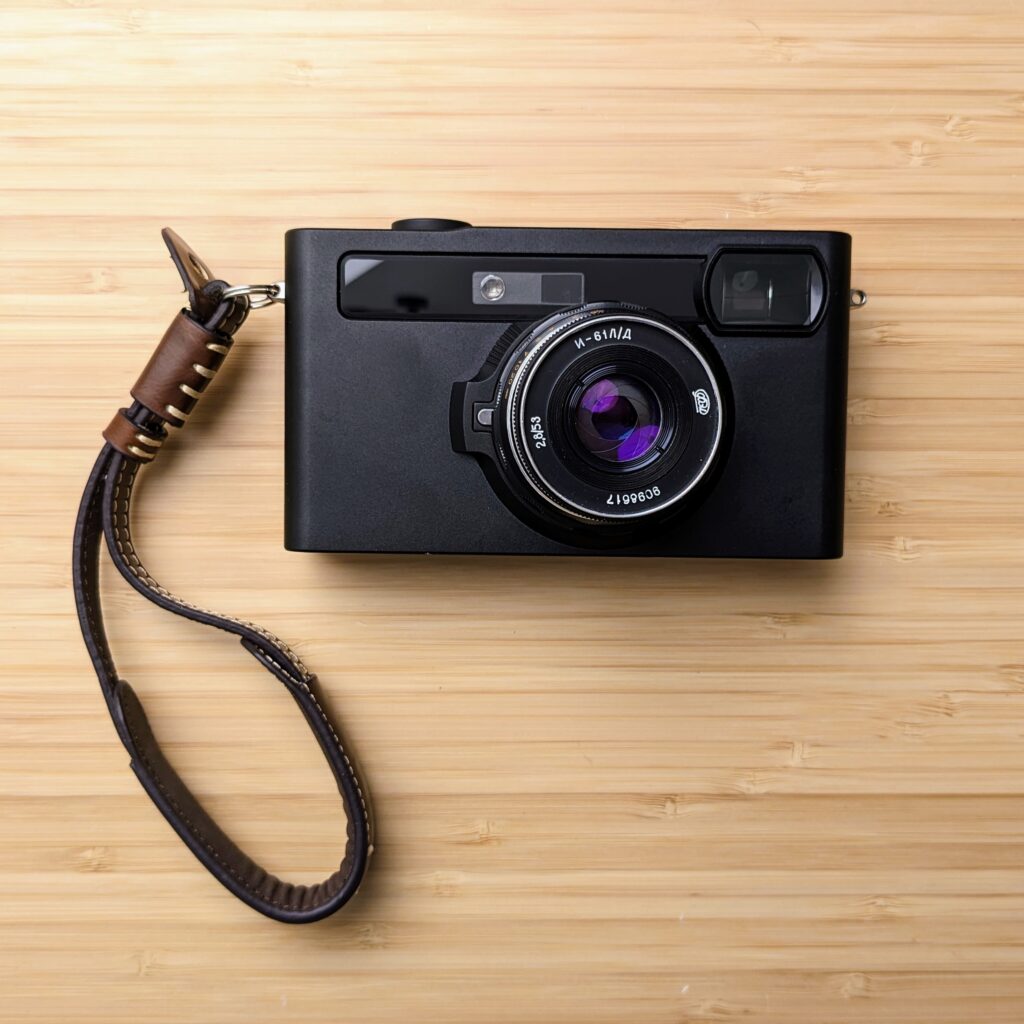If I had to guess, only hardcore Pentax fans would know much if anything about the Pentax MZ-3. Released in 1997, it is the beginning of the last stretch of film bodies produced before the company (and the rest of the world, for the most part) turned digital. But there a few things that make it special over your typical late 90s film body. I’ve enjoyed shooting mine, and I have a few thoughts to share about the experience.
Pentax MZ-3 Overview
The Pentax MZ-3 was released in 1997 during an interesting point in photographic history. Digital was still considered viable only for casual use, and research and development were still going into making some seriously advanced film bodies. Autofocus wasn’t just available, it was being optimized. Winders built into the body could produce higher frames per second than ever before. However, in just five years the series that the MZ-3 helped introduce would be discontinued in favor for digital offerings.
But the MZ-3 was also special among even it’s contemporaries. It offered shutter speeds up to 1/4000s of a second which was quite good for the time, and combined it with a compact plastic body that looked more like a classic SLR than the newer futuristic offerings. The size of the camera is similar to my Pentax MX or Pentax ME, being just a tad larger. It offered a variety of shooting modes including full manual, full auto and aperture priority. It can be shot confidently in aperture priority mode with a +/- 3 exposure compensation dial. It offers multiple metering modes and two autofocusing modes: single point and three points.
This was the time that Pentax was releasing it’s now infamous FA limited series of lenses, which pair very nicely with this camera because of their small size, aesthetic, autofocus capabilities and manual aperture ring. I have shot mine inclusively with the FA 43mm Limited lens with great success.
The camera is identical to the Pentax MZ-5N with the exception of the MZ-5N only going up to 1/2000th of a second. They were released in separate markets for whatever reason.
An optional grip, the Grip FG, allows you to use four AA batteries instead of the CR2 batteries and I highly recommend it. It also gives a little bit more to hold onto which can be nice for such a compact camera.
Using the Pentax MZ-3
Actually using the Pentax MZ-3 is a great experience. The camera is easy to hold, especially with the battery grip. It is light unlike some earlier heavier SLRs. It has a focus mode switch for manual or autofocus on the front of the camera. On the other side of the camera you can choose single point autofocus or three-point autofocus. I stayed with single point autofocus. I get weary of the camera deciding last minute something else to focus on, though it does give you highlights in the viewfinder showing the autofocusing points.

You can choose to shoot full manual with a shutter speed selection dial and aperture ring on your lens. Note that if your lens does not have a manual aperture ring, then you are stuck with shutter priority essentially or auto mode. With an aperture ring on the lens you can chose to shoot aperture priority by putting the camera in A mode and choosing the aperture yourself on the lens. This works great with a +/- 3 exposure compensation dial as well.
The built-in winder works great and isn’t too noisy. It can shoot up to 2fps, though I don’t imagine people are doing much of that on film nowadays.
The only downside I found is that the body is fairly plasticky. This is more of a cosmetic issue than anything else, though there are several accounts of a plastic gear in the camera breaking after some time. This was later replaced with a brass gear but only in some of the future models. It’s something to consider when purchasing the camera today, though it’s impossible to gather any real data about how often this problem occurs.
Should you buy this camera?
It depends. The reports that some internal components can break at some point can be worrisome. And while some film era cameras are more robust than others, none of them are immune to issues of some kind. It’s a little bit of a gamble buying any old camera nowadays.
If you can get past the potential issues that may later arise with the camera, there’s also the price to consider. The Pentax MZ-3 is a relatively uncommon Pentax camera seeing as it was only released in select markets. I wouldn’t pay more than $100 for one, especially without a battery grip since to me the ability to use AA batteries is a must have. However, for that price you have some other options in the Pentax world, even if less feature rich.
As a more enthusiast level auto-focus Pentax body I think it does a good job for the price. I appreciated the multiple shooting modes including full manual and the exposure compensation dial. The auto-winding was quieter than cheaper bodies I’ve used, and that was a plus. It really comes down to the price and condition you can find one, and if you need the feature set over the less expensive Pentax AF bodies.
Conclusion
Using the Pentax MZ-3 is a joy. It’s a simple camera but still offers you full manual control if you so choose. The autofocus worked well even in low-light indoor settings. The camera paired very well with my 43mm in terms of handling and feature set (it has an A option or manual aperture ring).
It is difficult to come by used sometimes though, and as such can start to demand higher prices in some seasons. If you find one for a good price, it offers a great entry point into autofocus Pentax SLRs while maintaining that full feature set. If you can get buy with less features, look at some of it’s much cheaper siblings, like the MZ-30/50.



